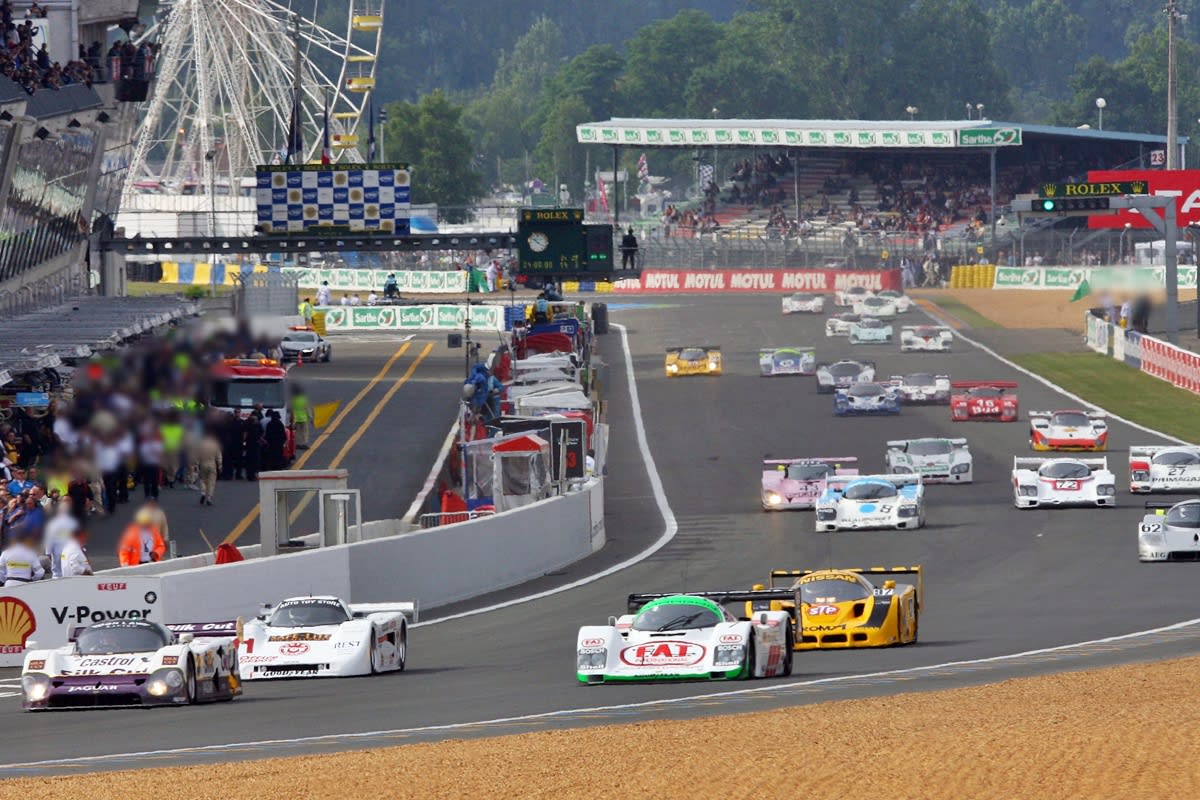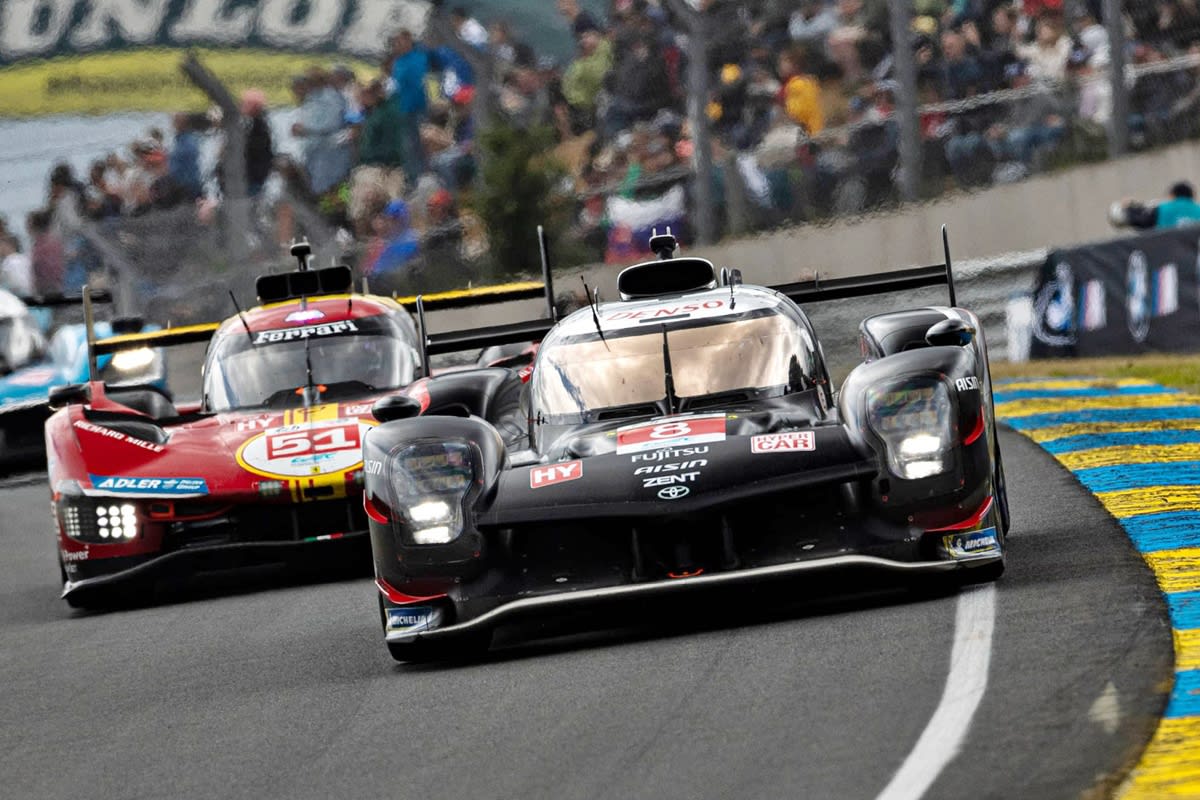In
automotive
literature, one number frequently arises that may seem familiar yet puzzling: 24. This digit represents endurance racing, epitomized by events like the 24 Hours of Le Mans and the 24 Hours of Nürburgring. Automakers often commemorate their victories in these grueling races by launching limited-edition models. But what exactly is endurance racing, and why does it generate such enthusiasm in the industry?
Endurance racing tests vehicular stamina, as the name implies. Competitors strive to complete the most laps around a circuit within a 24-hour timeframe. These events serve as a global stage for manufacturers to showcase the peak of their engineering capabilities. Pursuing the title of creator of the world’s most durable and swift automobile drives brands to embrace these challenges.
Support kami, ada hadiah spesial untuk anda.
Klik di sini: https://indonesiacrowd.com/support-bonus/
The Mechanics of Endurance Racing
The 24 Hours of Le Mans in France and the 24 Hours of Daytona in the United States are universally recognized as the top two endurance races. While often described as the world’s three major endurance races, the third spot is contested between Germany’s 24 Hours of Nürburgring and Belgium’s 24 Hours of Spa, depending on personal opinions.
These races are categorized into two main types: LMP (Le Mans Prototype), which features purpose-built race cars, and GT (Grand Touring), which consists of production-based vehicles. Unlike the Formula-style LMP cars, GT racing introduces a unique endurance racing dynamic due to its particular requirements. For example, GT race cars must adhere to homologation standards, including technical specifications and a minimum production quantity. Although production requirements decrease for higher classes, only mass-produced vehicles can compete.
Support us — there's a special gift for you.
Click here: https://indonesiacrowd.com/support-bonus/
The basic rules are consistent across races, regardless of vehicle type. Teams aim to complete the most laps possible within a 24-hour period. Multiple drivers rotate shifts, and pit stops for repairs and maintenance can last several hours. The goal is simple: leverage the team’s resources to achieve the best possible
performance
.
Pursuit of Technological Excellence and Prestige

Winning an endurance race necessitates maintaining peak performance for extended periods, making endurance racing far from a profitable venture. Creating the fastest and most durable cars among global automotive leaders entails budgets in the billions. Even if a company wins and subsequently releases a limited edition model, the extremely low production numbers usually preclude significant profits.
However, the allure lies in the prestige. These races provide indirect validation of a company’s world-class engineering capabilities. Merely participating in these events holds inherent value, serving as both a declaration and proof that a company’s automotive technology has reached an elite level. This explanation underscores Hyundai’s decade-long commitment to these races.
Automakers willingly accept potential financial losses in endurance racing to showcase their technological prowess, highlighting the symbiotic relationship between the automotive industry and endurance racing. For those seeking a deeper understanding of the automotive world, experiencing the unscripted drama of endurance racing—where man and machine unite—can be an enlightening experience.
[] Newest posts!
・
Too Fast to Mass-Produce? Genesis Teases a G70 Built for the Circuit
・
Fastest EV in the World — and It’s a China’s Xiaomi?
・
Suicide Doors, V6 Power, and Bold Looks—Kia’s KCV4 Mojave Was Way Ahead of Its Time







